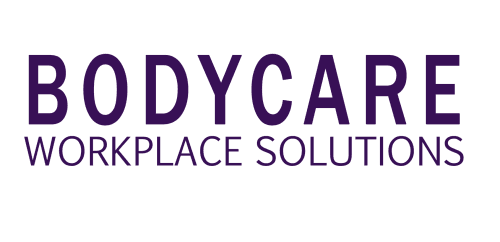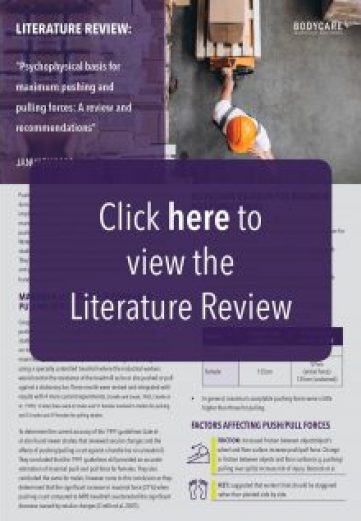What you need to know about respiratory fit testing

For many workers, it is not uncommon for them to be exposed to hazardous contaminants such as fumes, chemicals, dusts and other infectious substances. Taking the appropriate precautions to reduce inhalation of these substances is vital when ensuring the health and safety of your employees. One of the easiest and most effective ways this can be done is by wearing a respirator.
Respirators are worn to prevent contaminants leaking in and entering the worker’s respiratory system. However, as respirators come in a variety of models and makes and can be worn in a number of ways, they are not 100% guaranteed to eliminate the exposure 100% of the time. This is where respirator fit testing come into play.
The purpose of a respiratory fit test is to ensure that each employee’s respirator fits optimally, ensuring the highest level of protection for your employees. Here are the three key components to the fit of a respirator.
Seal
The seal of the respirator is of the utmost importance as it provides protection between the respirator and the face. Because of this, the seal needs to be fitted tight against the skin. If the seal doesn’t do its job properly then contaminated air will sneak through and bypass the filter.
Compatibility
A respirator needs to fit/work with any other personal protective equipment (PPE) gear that a worker is wearing. Some of this equipment may include a hard hat, safety glasses or a face shield. As these pieces of protective equipment are competing for space, it’s important that they fit snuggly together to prevent one piece of PPE interfering with the other and vice versa. So, when a respirator fit test is being carried out, it is important that the employee is wearing all of their PPE – this will ensure the most accurate fit and enable the tester to correctly assess the fit of the mask.
Stability
When a respirator is fitted properly it will remain stable when the user moves around. To ensure the fit is correct, users will be asked to undertake a variety of exercises to ensure the seal remains intact whilst they perform the activities. If the respirator moves when the user moves, then it’s indicative of a poor fit, which can compromise the seal.
When to Perform a Fit Test
Before an employee wears a respirator on the job for the first time, they should have a fit test conducted. This should be a requirement within your workplace for any employee who is exposed to a hazardous substance and is required to wear a tight-fitting respirator. This includes powered air-purifying respirators, disposable half-face respirators, as well as both full and half-face reusable respirators.
Additionally, a fit test should be carried out if a new model or make of respirator is rolled out to employees. Or, whenever there is a dramatic change in an employee’s facial characteristics or features (e.g due to weight loss or gain), which results in the facial seal being affected.
Beyond these occasions, a respiratory fit should be carried out annually.
What are the methods of testing?
There are two different methods of fit testing that meet the Australian and New Zealand Standards (AS/NZS 1715:2009).
- Qualitative testing is the less commonly used option. This generally involves workers who use half-face respirators, disposable paper masks or those that simply cover the mouth and nose. This type of testing works by looking for leakages based on your sense of smell and taste. This type of testing is subjective and is simply a pass or fail. This type of testing most often results in false passes as it’s wholly dependent on the employee’s ability to smell/taste.
- The more common type of respirator fit test is Quantitative testing. This involves a porta count which measures the leakage around the seal producing a fit factor, which a numerical value. This number indicates whether the respirator fits the individual adequately. This is the gold standard of respirator fit testing.
It is important to note that there is a difference between fit checking and testing. The former is a quick check to ensure that there is a good seal and the respirator is positioned correctly. This is a check that the wearer carries out every time they use the respirator. This does not replace the respirator fit test, which should be carried out by an accredited practitioner.
For advice on respirator fit testing at your workplace, get in touch with us today.



